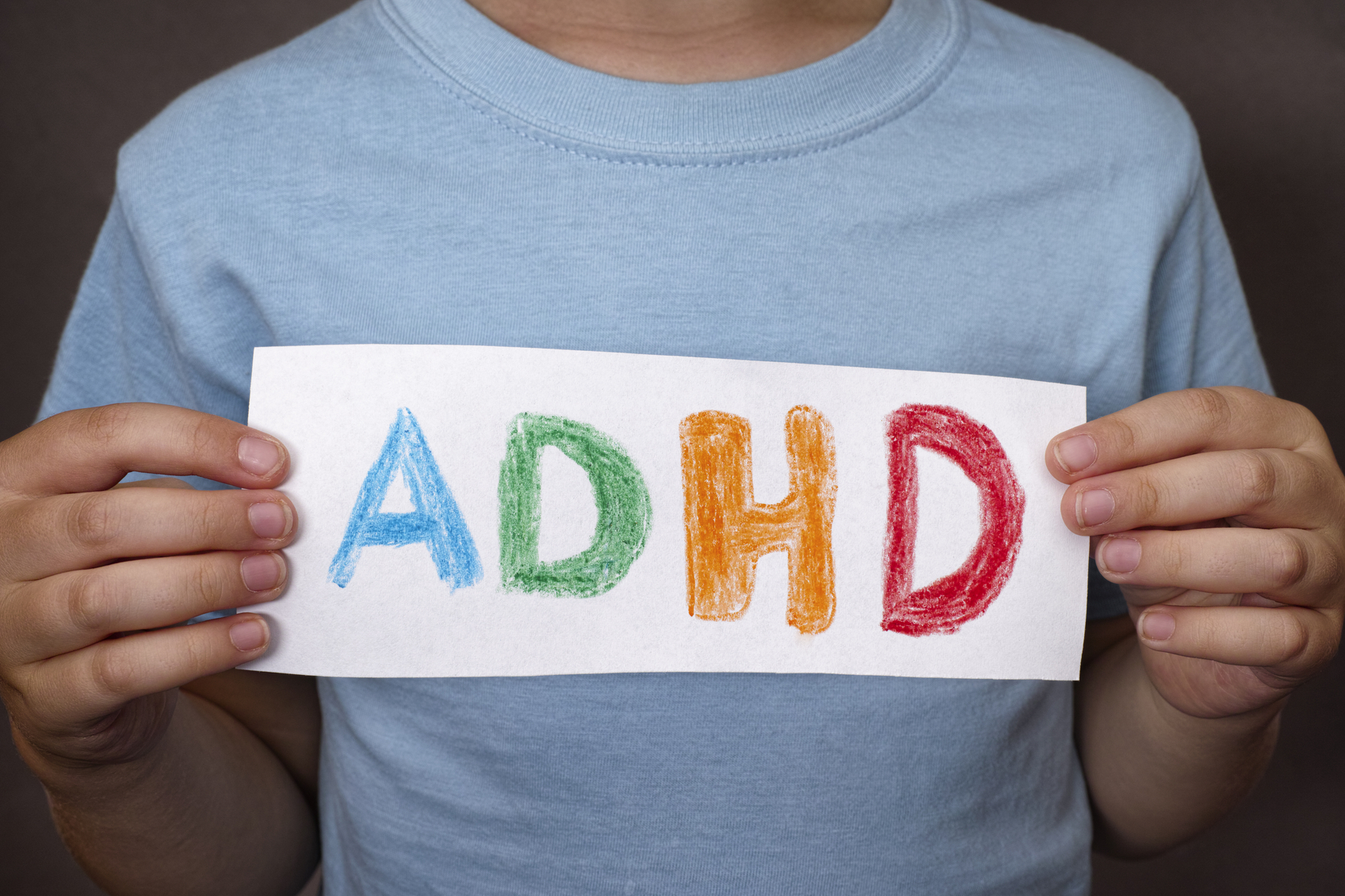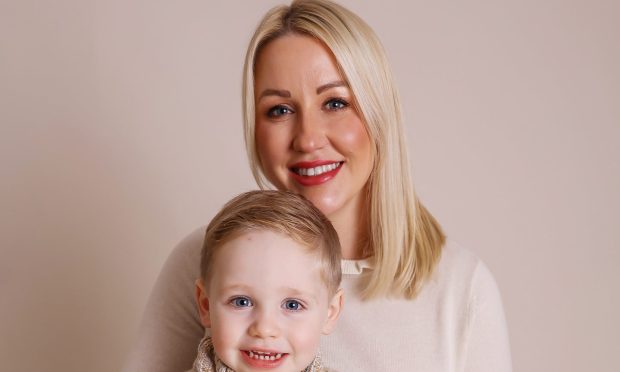October marks ADHD month and Stuart Jacob, director of Falkland House School, in the Fife village of Falkland, is keen to explode some of the myths around the condition.
“ADHD is a disorder that involves problems in focusing, attention, controlling behaviour, and being hyperactive,” he explains.
“Someone with ADHD might have significant attention problems, appear restless, fidgety, overactive and impulsive. They can act before thinking and often speak before thinking by blurting out and interrupting others,” he continues.
Some researchers believe ADHD is caused by poor transmission of messages in the brain, and in particular by low levels of the neurotransmitters dopamine and norepinephrine, which carry messages from one neuron to another. These neurotransmitters are particularly associated with attention, organisation and managing emotions.
“Symptoms of ADHD tend to be noticed at an early age and may become more noticeable when a child’s circumstances change, such as when they start school,” says Stuart.
“Most cases are diagnosed when children are six to 12 years old. The symptoms of ADHD usually improve with age, but many adults who are diagnosed with the condition at a young age continue to experience problems,” he continues.
“People with ADHD may also have additional problems, such as sleep and anxiety disorders.
“A child with ADHD is not a naughty child and it’s important to remember they can’t help their behaviour,” stresses Stuart.
www.adhdawarenessmonth.org










